
Issue 9 I Fall 2025
Previous Issues
-
SUMMER 2025
-
SPRING 2025
-
WINTER 2025
-
FALL 2024
-
SUMMER 2024
-
SPRING 2024
Counting Collections for Number Sense—Even Beyond K–2
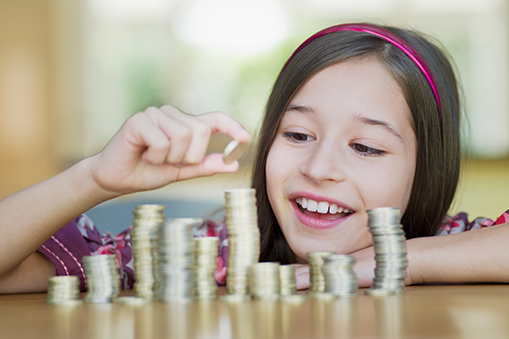
Counting collections activities are engaging and hands-on learning experiences that help students build number sense and math flexibility. If you're only using them in K–2, or aren't using them at all yet, we'll help you get started!
The Basics of Counting Collections
The basic idea behind counting collections is simple. You provide a group of loose objects, and students count them. Students might work alone or in small groups.
For example, you might give a first-grade student a zippered storage bag containing 20 pom-poms that they pour onto their desk and count in any way they know how—using one-to-one correspondence, sorting the objects into pairs to skip count by two, or sorting the objects into two sets of ten.
As the students work or after they’re finished counting, you can ask questions about how they approached the task. This often reveals what mathematical concepts they have mastered and what they have yet to learn.
As collections get larger, students need more advanced skills to complete the task efficiently. A collection containing 106 objects, for example, would be easier to count as ten groups of ten plus six than with one-to-one correspondence.
Counting collections activities help students engage with number and math concepts in a concrete way. As understanding grows, so can the task. For instance, you might ask experienced students to draw their counting strategy and write an equation to represent it as well.
Because counting collections involves hands-on materials and is associated with number sense development, it's often perceived solely as an activity for primary grades, but many math scholars challenge this view. As core curriculum in grades 3–5 shifts to focus on procedural math such as operations and fractions, counting collections can lead to "aha" moments about grouping, place value, estimation, and multiplicative thinking too—to name a few possibilities!
You can prepare students for thinking beyond one-to-one correspondence by posing questions when you introduce counting collections. "If I gave you 386 cubes, how might you count them without counting by ones?"
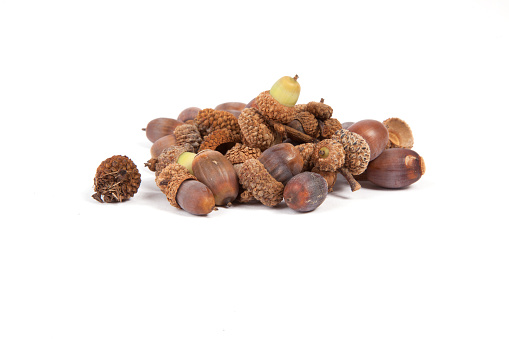
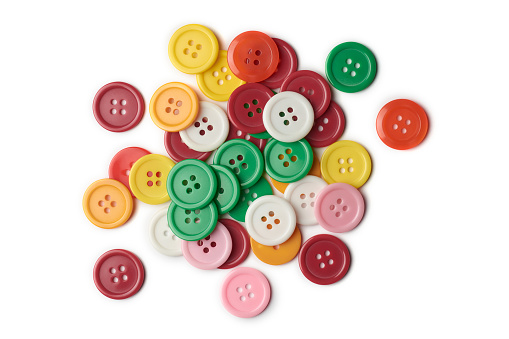
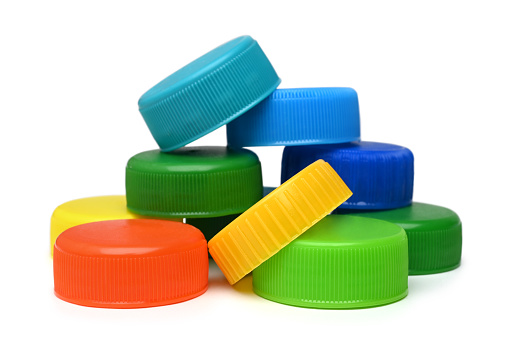
Simple Materials Required
One thing you’ll likely love about counting collections is the simplicity of the materials. Students can count nearly any small item. In fact, seeing what they are counting often increases student engagement. A changing rotation is fun! Here are some ideas to try:
- buttons
- pennies
- paper clips
- cotton balls
- game tokens
- glass beads
- crayons
- bottle caps
- acorns
You will need a container for each collection of objects. Clear zippered storage bags work well because they’re easy to obtain and store.
Finally, students will need some place to record their thinking and final results. Special recording sheets, plain paper, math notebooks, or personal whiteboards work well.
In some cases, you may want to invite students to check their work on a calculator at the end of the task.
Counting Collections in K–2
Counting collections supports number sense, place value understanding, skip counting, problem solving, and reasoning in grades K–2. Below are some common tasks and applications by grade level.
Kindergarten
- Count small sets of 10–20 items.
- Use fingers, ten frames, or simple grouping.
- Practice saying numbers in order while touching each item.
Grade 1
- Group items into 5s or 10s to count more efficiently.
- Record counts using pictures, tally marks, or number sentences.
- Compare collections (more/less, difference).
Grade 2
- Group items into 10s and 100s.
- Use repeated addition to count.
- Discuss strategies and justify reasoning.
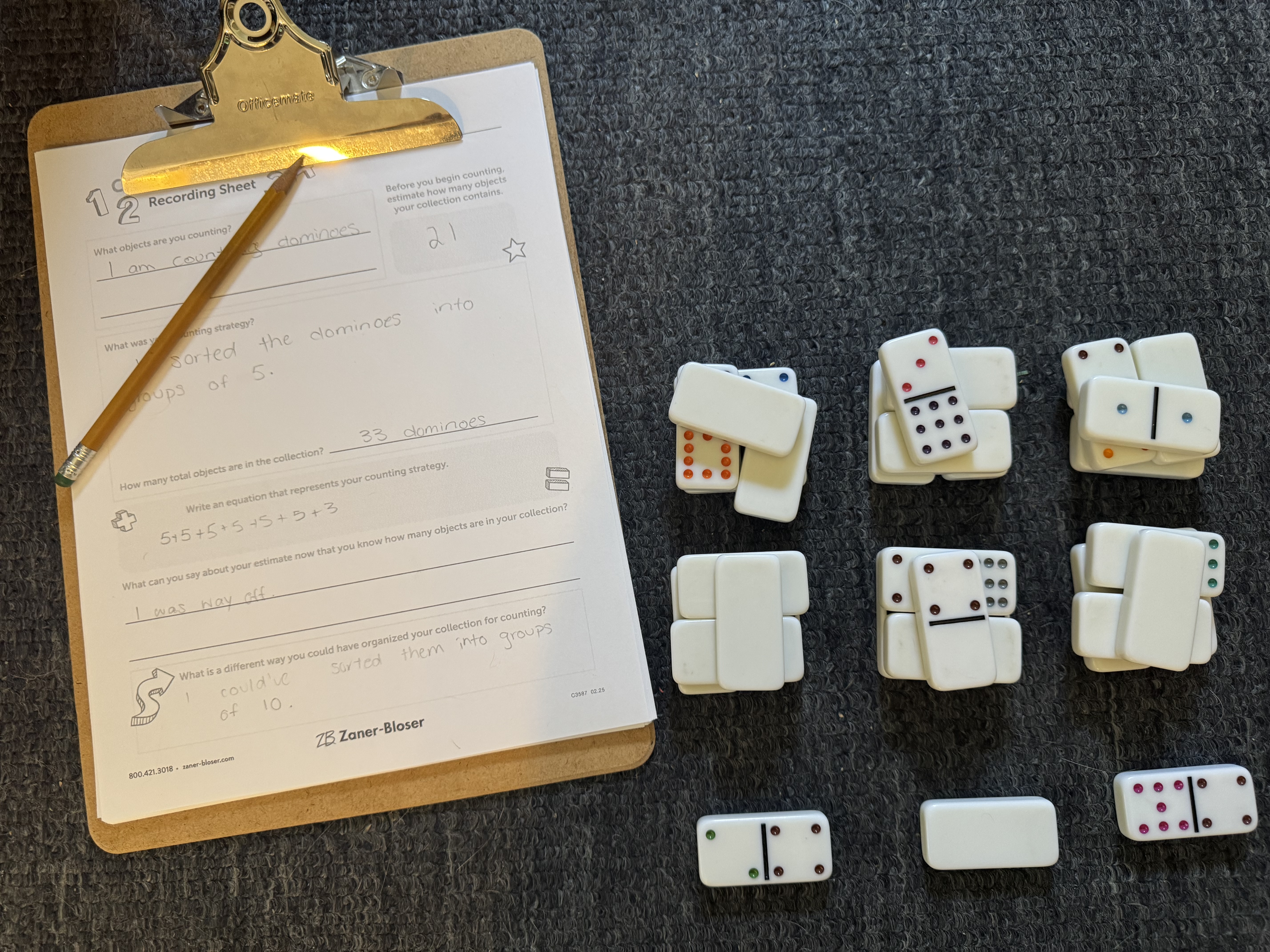
Counting Collections in Grades 3–5
In grades 3–5, counting collections activities help students build deeper understanding of key concepts including but not limited to
- multiplicative reasoning.
- place value with large numbers.
- estimation.
- data organization and recording skills.
Additionally, more complex counting tasks give students a context for math discourse. They might justify their strategy choices, compare efficiency and accuracy of methods, and analyze and interpret others' data records. Below are some common tasks and applications by grade level.
Grade 3
- Make equal groups to explore multiplication and division.
- Connect repeated addition/skip counting to multiplication facts.
- See arrays and area models in the collections.
Grade 4
- Work with 3- and 4-digit numbers.
- Use larger groupings to reflect base-ten place value (bundles of 100s, 1000s).
- Relate to factors and multiples. (How many groups of 25 to make 1,000?)
Grade 5
- Plan complex counting strategies.
- Use division to estimate. (If there are about 3,000 items, how many groups of 50?)
- Build understanding of ratios and proportions by comparing collections.
At the middle- and upper-grade elementary level, you will need to provide collections large enough to necessitate grouping. You might ask questions like "How did you decide what size groups to use?" or "What's another way to organize the same quantity?" You can encourage reflection on efficiency too: "Would grouping by 50 have been faster than 25?"
Practical Ways to Add Counting Collections
There are many ways to add counting collections activities into your math block or other parts of your school day. Here are some of the ways we see teachers using them:
Warm-ups
Math class begins with a 15-minute counting collections activity.
Math centers
Students can visit during designated times in or out of the math block (e.g., option when finishing assignments early, morning choice activity, indoor recess, etc.)
Directed small groups
You can pull groups of students out for guided instruction during the math block.
Tutoring or enrichment groups
Counting collections activities can be tailored to fit specific needs for before- or after-school clubs, enrichment periods, or in-school study time.
Assessment
You can use counting collections activities as an informal assessment at the beginning of the year or formative assessments throughout the term.
Share Your Counting Collections Story!
If you're using counting collections in your classroom, we'd love to hear from you for a follow-up story. Send us a brief note—and a photo of your collections. Here are a few of the things we'd love to know:
- How do you store your collections?
- What objects do you use?
- When do you introduce counting collections?
- What do students love most about counting collections?
- What tips would you offer a teacher just starting to add counting collections to their routine?
Free Resources
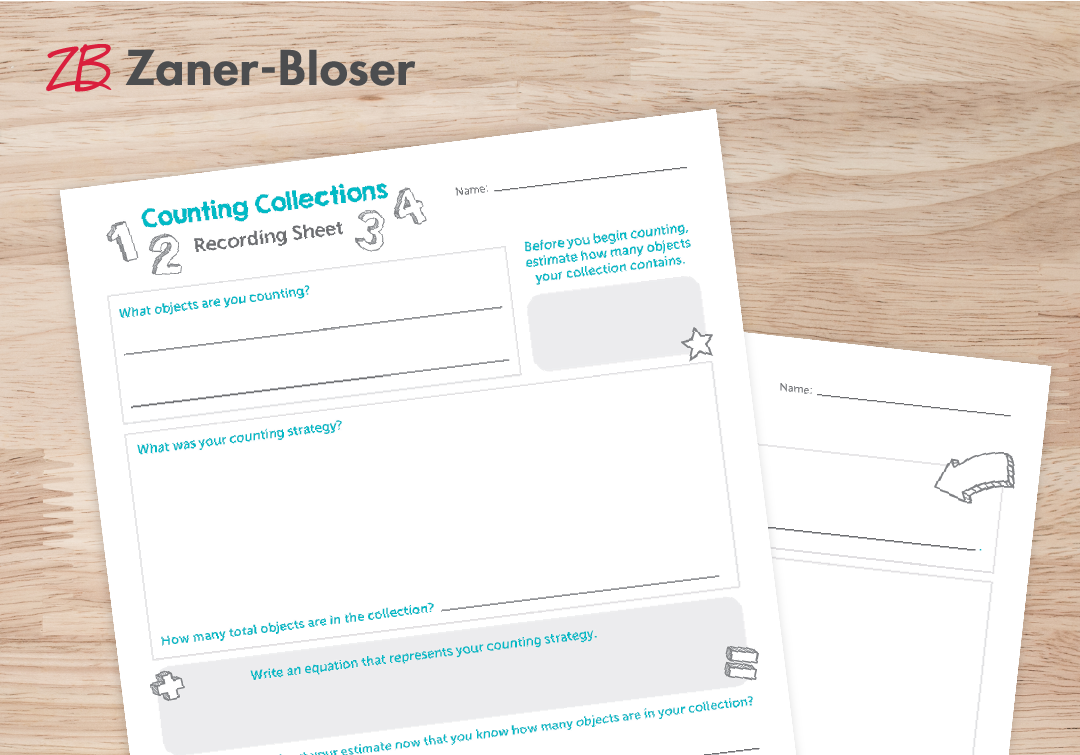
Counting Collections Recording Sheets
Help students record their thinking while working independently or in small groups. Set includes both simple and robust versions for beginners or experienced mathematicians.
Download
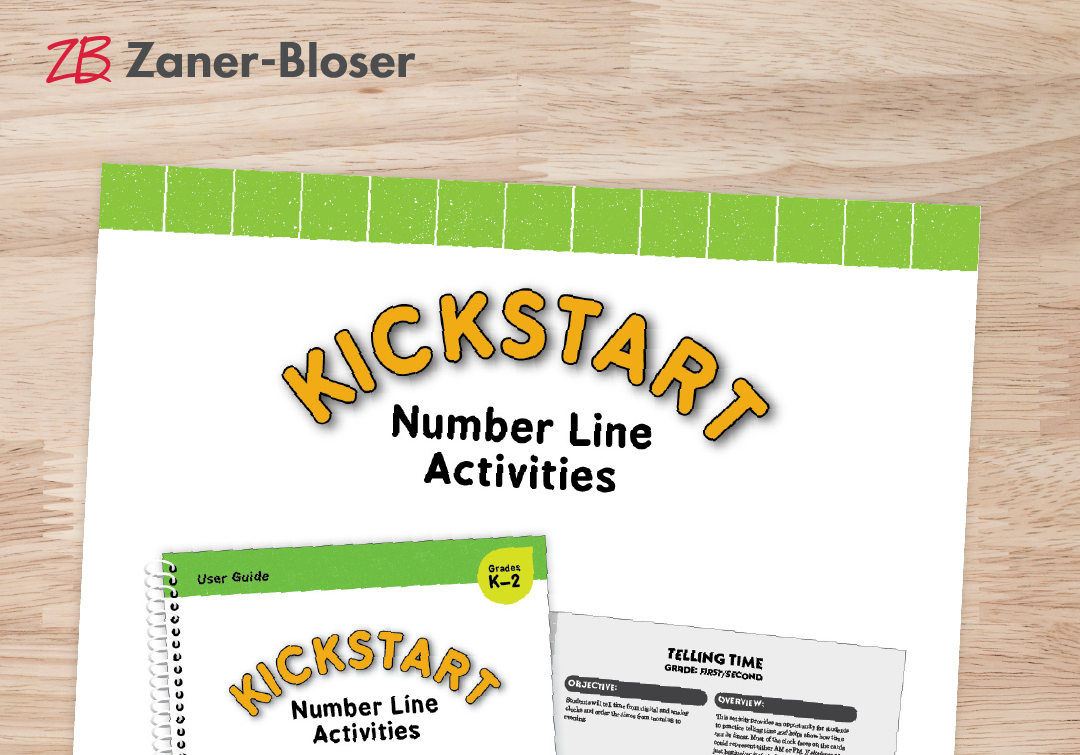
Telling Time Number Line Activity
See how an interactive number line helps students understand magnitude and relationships—even with units of time!
Download

Email us at
thehive@zaner-bloser.com